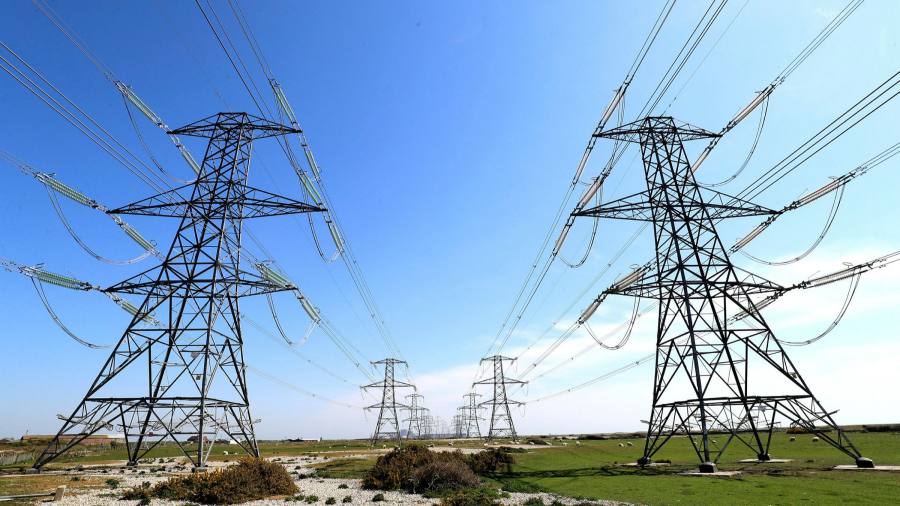
Developers in west London face a potential ban on new housing projects until 2035 because the electricity grid has run out of capacity to support new homes, jeopardising house building targets in the capital.
The Greater London Authority wrote to developers this week warning them that it might take more than a decade to bulk up grid capacity and get developments under way again in three west London boroughs — Hillingdon, Ealing and Hounslow.
In those boroughs, “major new applicants to the distribution network . . . including housing developments, commercial premises and industrial activities will have to wait several years to receive new electricity connections,” according to the GLA’s note, which has been seen by the Financial Times.
A recent applicant to the distribution network was told that there is not “sufficient electrical capacity for a new connection” until up to 2035, according to the note.
The three boroughs accounted for almost 5,000 homes in 2019-20, equivalent to 11 per cent of London’s housing supply. Stalling new projects would exacerbate a chronic housing shortage in a city which already routinely undershoots its delivery targets.
But new projects are being rejected because the electricity network in the area has hit capacity, according to the GLA.
In its note, the GLA said pressure on the grid in west London has been particularly acute because a number of data centres have been built nearby in recent years, taking advantage of fibre optic cables that run along the M4 corridor, before crossing the Atlantic.
According to the GLA, “data centres use large quantities of electricity, the equivalent of towns or small cities, to power servers and ensure resilience in service”.
SSEN and National Grid are working on upgrading their networks to cope with more electricity demand, but that work could take years.
Developers are “still getting their heads round this, but our basic understanding is that developments of 25 units or more will be affected. Our understanding is that you just can’t build them,” said David O’Leary, policy director at the Home Builders Federation, a trade body.
He said that the GLA’s note had already prompted one HBF member to reconsider the purchase of a plot of land for development in Ealing.
In London, the issue is particularly acute because high land values make adding power supply a challenge.
But the problem is likely to become more widespread, according to O’Leary, because of new rules which mean that new homes must support low-carbon technologies such as heat pumps and electric vehicles, which will place additional strain on the grid.
The GLA, SSEN and the National Grid are working on a solution to unblock development. Options include reviewing the needs of individual customers, incentivising electricity usage at low-demand times of day, revising regulations governing the number of possible connections and installing cables to connect to less-constrained grids nearby.
The GLA did not immediately respond to a request for comment.
https://www.ft.com/content/519f701f-6a05-4cf4-bc46-22cf10c7c2c0





